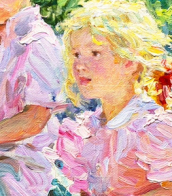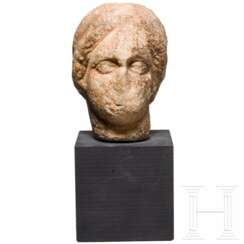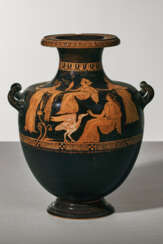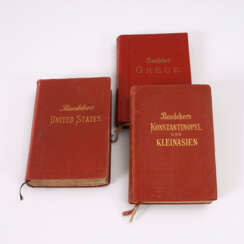klassisches griechenland

Max Peiffer Watenphul was a German artist. Described as a "lyric poet of painting", he belongs to a "tradition of German painters for whom the Italian landscape represented Arcadia." In addition to Mediterranean scenes, he regularly depicted Salzburg and painted many still lifes of flowers. As well as oil paintings, his extensive body of work encompasses watercolours, drawings, enamel, textiles, graphic art, and photographs.
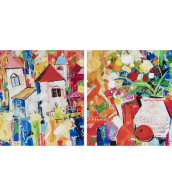

Max Peiffer Watenphul was a German artist. Described as a "lyric poet of painting", he belongs to a "tradition of German painters for whom the Italian landscape represented Arcadia." In addition to Mediterranean scenes, he regularly depicted Salzburg and painted many still lifes of flowers. As well as oil paintings, his extensive body of work encompasses watercolours, drawings, enamel, textiles, graphic art, and photographs.


Ulrich Leman is a German artist of "Rhenish Expressionism.
He studied at the Düsseldorf Academy and joined the group of progressive artists "Das Junge Rheinland". In the late 1920s, Leman made his first trip to Mallorca and decided to stay there. The beauties of this Spanish island inspired him to create many paintings with views of nature, depicting the characters of the local people.


Ulrich Leman is a German artist of "Rhenish Expressionism.
He studied at the Düsseldorf Academy and joined the group of progressive artists "Das Junge Rheinland". In the late 1920s, Leman made his first trip to Mallorca and decided to stay there. The beauties of this Spanish island inspired him to create many paintings with views of nature, depicting the characters of the local people.


Ulrich Leman is a German artist of "Rhenish Expressionism.
He studied at the Düsseldorf Academy and joined the group of progressive artists "Das Junge Rheinland". In the late 1920s, Leman made his first trip to Mallorca and decided to stay there. The beauties of this Spanish island inspired him to create many paintings with views of nature, depicting the characters of the local people.
